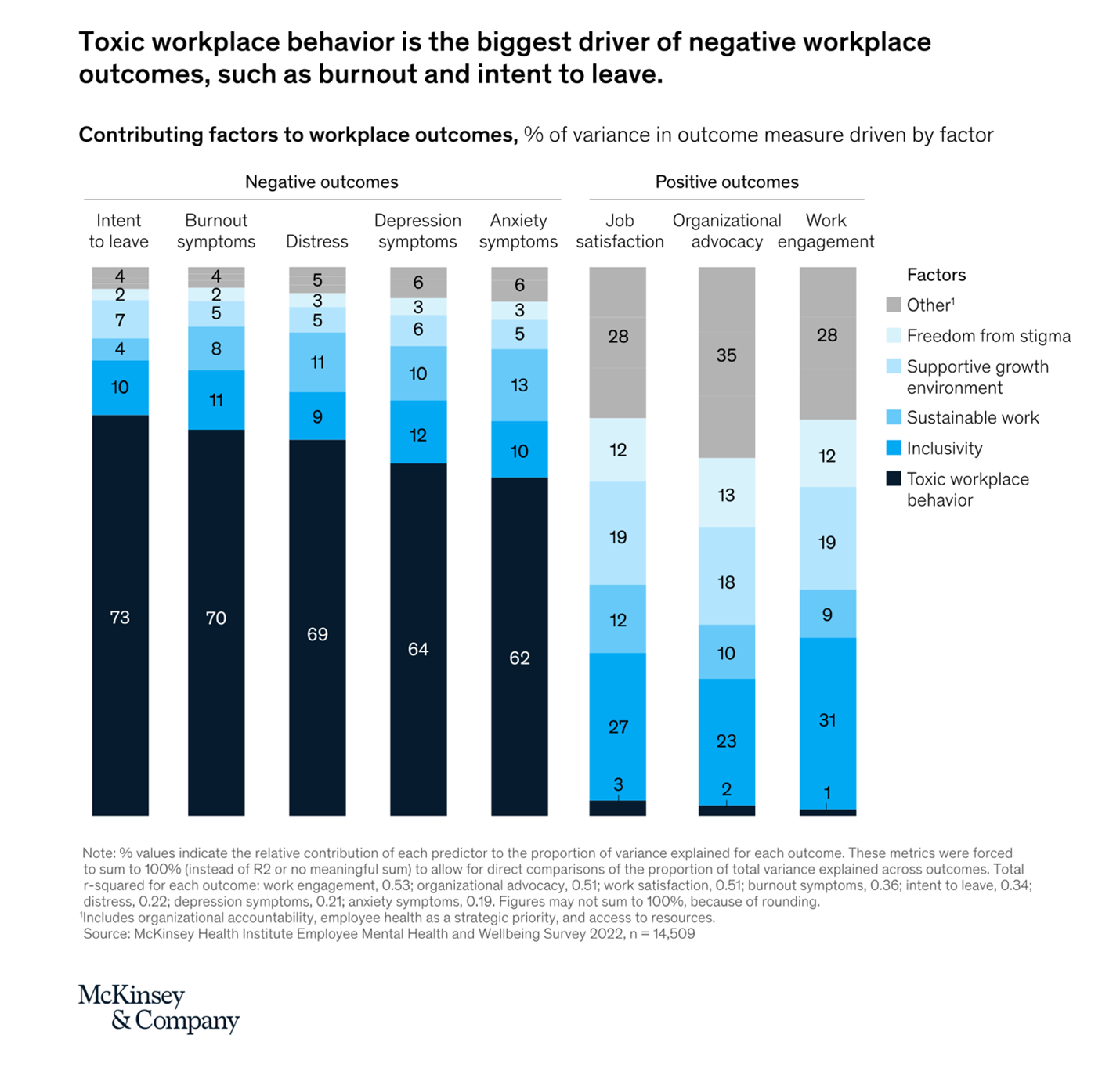Burnout Is A Real Workforce Challenge
Randy Wolken, President & CEO
I’m willing to guess that you’ve experienced feelings of burnout recently, or at least at some point in your life. Have you experienced any of the following symptoms1?
- Tired from the moment you wake up in the morning.
- Staring at your computer without accomplishing anything.
- Leaving your workspace to find a whole other set of taxing jobs to do in the rest of your home—and life.
- Being impatient, withdrawn, or irritable with workmates and the ones you care about most.
If you have had these symptoms, chances are that you’ve suffered from (or are currently suffering from) some level of burnout.
Burnout isn’t just buzzworthy—it’s a very real experience that greatly impacts a person’s well-being. An article by McKinsey typified burnout with four core symptoms2: exhaustion, mental distancing, cognitive impairment, and emotional impairment. And it doesn’t stop there. Burnout can also lead to anxiety, depression, and other severe mental health conditions.
Burnout and its symptoms have become widespread. Between February and April 2022, McKinsey surveyed nearly 15,000 employees and 1,000 HR decision-makers in 15 countries. The survey found that one in four employees surveyed across various demographics and worldwide reported experiencing burnout symptoms3.
Burnout isn’t brought on by a single experience, but rather a persistent imbalance of demands (both at work and in life) and available resources4. It’s like the old adage, “So much to do, so little time,” but with more serious consequences. According to McKinsey5, “And ‘too many things’ doesn’t have to mean a thousand: if the one thing you’re trying to do isn’t getting done, for whatever reason, that can easily cause the alienating feelings associated with burnout. And these feelings are quite different from simply feeling a bit tired or looking forward to a break.”
So, what is causing this state of affairs and what can we do about it? McKinsey also offers important insights. Its survey respondents provided both positive and negative workplace outcomes. The most significant influencing factor of negative outcomes (by far) was toxic workplace behavior6.

Ridding a workplace of toxic behavior isn’t a simple job; it requires leaders to flag toxic behavior, call out repeat offenders (letting them know it’s time to change or leave), and garners the need for increased awareness of how behaviors are impacting team members. This is a daunting, yet incredibly necessary task. As a leader, you can start by looking at your own behaviors and assessing what is tolerable within your teams and organizations.
Simultaneously, it’s important to cultivate a safe and supportive environment within your organization. According to McKinsey’s research, “Effective leaders know they can enhance psychological safety by displaying vulnerability and compassion. These behaviors fuel more compassionate teams, whereas displaying toxic behavior fuels more toxic groups.”7
When individuals are not equipped to respond well under pressure, they may unintentionally contribute to workplace toxicity. It’s important for leaders to remember that regardless of intent, the toxic behavior will infect their organization faster than positive behavior8. McKinsey shares that, “Role modeling from adaptable, self-regulating, and compassionate leaders may help.”9
This is an eye-opening phenomenon that is negatively impacting organizations worldwide. The good news is leaders can influence positive change within the bounds of their organizations if they’re willing to address their behaviors and the behaviors of others.
Sources:
- 1,2,4,5 What is Burnout? (August 2023)
- 3,6,7,8,9 Addressing employee burnout: Are you solving the right problem? (May 2022)